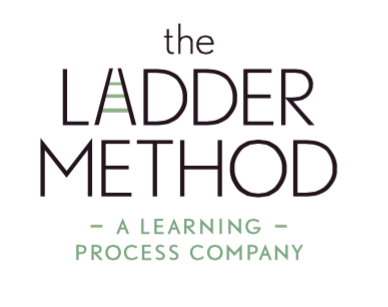10 Tips to Create the Ideal Study Space
With the start of school right around the corner, how do you help your student stay organized for the start of the school year?
1. Find a quiet place in your home.
We suggest a non-traffic area like a family dining room or a family office so that kids
can create a static study environment. You want to find a place where kids can study
that is ultimately different from where they sleep because studies show that studying where you sleep can impact the quality of your sleep.
“Parent Tip: Stay away from high traffic areas of the house like kitchens and living rooms.
Teen Tip: Don’t study in your bedroom. Studies have shown that studying in the same place where you sleep can impact how you sleep and when you go to bed.”
— candice lapin, founder
What to do if you have limited space: Put the desk in your child’s bedroom but make sure that children take some time between studying and sleep to re-orient their brains about their sleeping area.
2. Pick an area with a table, desk, and/or chairs.
Studying on the couch is no good for your child. Studies show that children or anyone taking a test need to approximate the same conditions in the study environment as in the test environment. So it is best to work backward. If testing environments are quiet and your child is sitting at a desk, you will want to make sure they approximate that in their study space.
3. Create a static Study Space.
We suggest picking a place you can return to over and over again. You will want to pick a place where you can set up your books, pens, pencils, and supplies! You don’t want to have to re-create all of these items every time you work so creating a workstation is best!
4. Remove clutter.
Although many people forget, clutter and other items can also be a distraction. When picking a space you are going to want to clean up the area and set it up to be as distraction-free as possible. Books need to be on shelves and pens or pencils should be in their place. If you don’t have storage, you are going to want to get shelves and drawers in the area as soon as possible so that you can keep your desk space as tidy as you can.
5. Pick a place where you can have some wall space.
You are going to need shelves, a place to put a calendar of events, and some bare wall space.
6. Set up shelving.
You are going to want to set up shelving off your desk so you have maximum room to move and create a workstation that you can actually work at. Often people don’t install shelving and books take up all your workroom. Remember to leave yourself room to work.
7. Hang a calendar that is large enough to put some important dates.
One of the biggest issues we see with students is forgetting to calendar important quizzes and test dates. It will help you develop important executive functioning skills, keep you organized and on deadline!
8. Leave some room to put up your awards and accolades.
This award center is essential to building good self-esteem and helping them maintain focus through positive reinforcement. Children and even adults often forget the progress they are making along the way. Putting up awards is a gentle yet explicit reminder that hard work does pay off!
9. Remove all distractions.
When creating the optimal study space, you are going to want to take out any unnecessary distractions for your child. Televisions should be placed in a different room. You will also want to gently remind them to put away their phones and turn off notifications on their phones.
“Tip: When you start studying, charge a phone or ipad on the opposite wall and put it on airplane mode. ”
— candice lapin, founder
10. Remember to stay organized and keep it tidy.
Although we already mentioned picking a place that is clutter-free, desks and study spaces can get messy and disorganized over time. You are going to want to pick days to reorganize to keep the clutter at bay. Disorganization and messy areas can be just as distracting as tech devices!
“Tip: Make tidying up the space part of the study process. We usually have our students tidy up at the end of our sessions so that we can keep notebooks, dividers and three binders as neat as possible for the next school day.”
— candice lapin, founder
